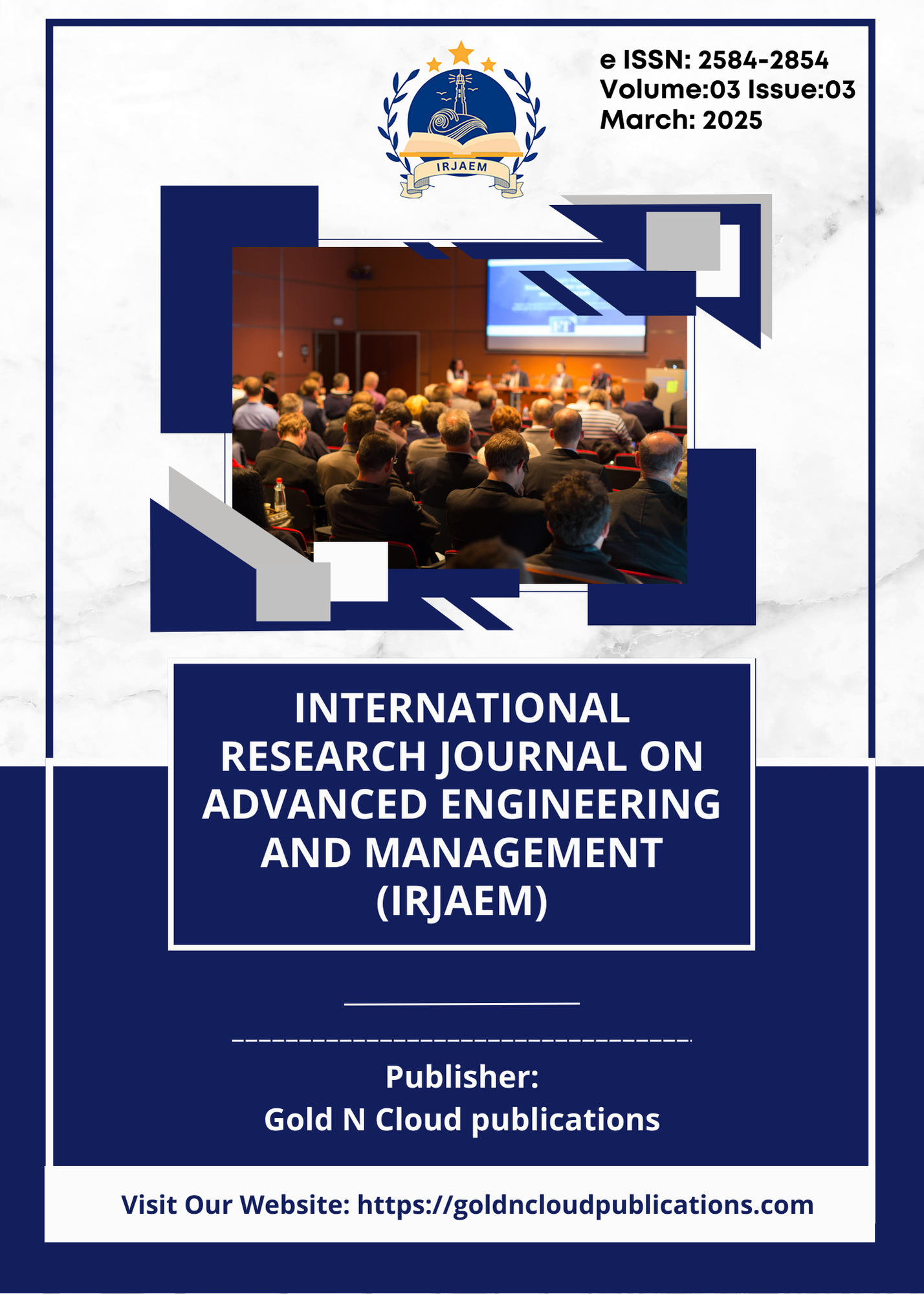Classification of WBC Using VGG-19 Architecture
DOI:
https://doi.org/10.47392/IRJAEM.2025.0063Keywords:
White blood cell, Deep learning, U-net, VGG-19 ArchitectureAbstract
White Blood Cell (WBC) classification plays a crucial role in diagnosing various hematological disorders and infections. Automated WBC classification using deep learning techniques has gained significant attention due to its efficiency and accuracy. This conference paper presents a study on the application of the VGG-19 deep learning model for WBC classification. The research highlights the methodology, experimental results, advantages, challenges, and future research directions in utilizing VGG-19 for medical image analysis, particularly in hematology. White Blood Cell (WBC) classification plays a crucial role in diagnosing various hematological disorders, including leukemia and infections. Traditional manual methods of WBC classification are time-consuming and prone to human error. Deep learning techniques, particularly Convolutional Neural Networks (CNNs), have demonstrated remarkable accuracy in medical image classification. This study explores the use of the VGG-19 architecture for automated WBC classification to enhance diagnostic efficiency and accuracy. The proposed model is trained on a labeled dataset of WBC images, leveraging the deep hierarchical features of VGG-19 to classify different WBC types, such as neutrophils, eosinophils, basophils, monocytes, and lymphocytes. Transfer learning is employed to fine-tune the pre-trained VGG-19 model, improving its performance on the specialized medical dataset. The model's performance is evaluated using accuracy, precision, recall, and F1-score metrics. Experimental results indicate that the VGG-19-based approach achieves high classification accuracy, outperforming conventional machine learning methods.
Downloads
Downloads
Published
Issue
Section
License
Copyright (c) 2025 International Research Journal on Advanced Engineering and Management (IRJAEM)

This work is licensed under a Creative Commons Attribution-NonCommercial 4.0 International License.


 .
. 